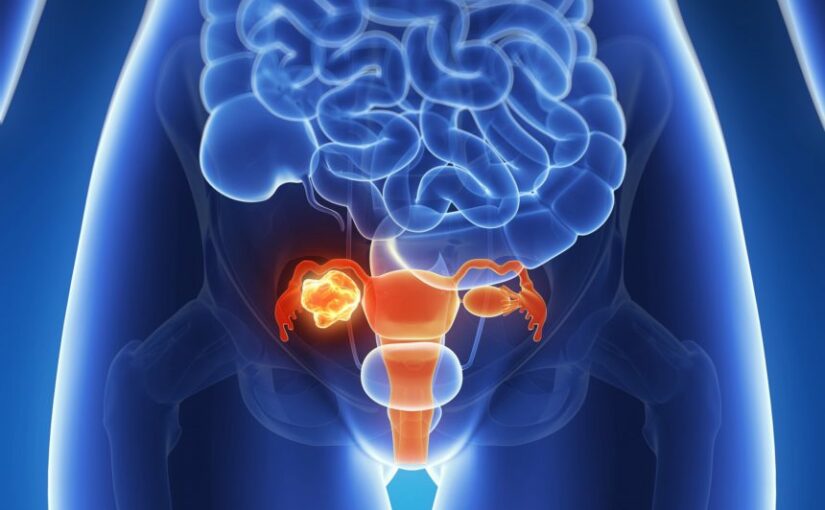By Andrea S. Blevins Primeau, PhD, MBA
Adding hyperthermic intraperitoneal chemotherapy (HIPEC) to interval cytoreductive surgery improves long-term outcomes in patients with stage III epithelial ovarian cancer, according to updated trial results published in The Lancet Oncology.
These 10-year results from the phase 3 OVHIPEC-1 trial showed that adding HIPEC to surgery provided continued improvement in progression-free survival (PFS) and overall survival (OS).
The study (ClinicalTrials.gov identifier: NCT00426257) included 245 patients, aged 18-76 years, who had stage III epithelial ovarian, fallopian tube, or peritoneal cancer that had not progressed during treatment with at least 3 cycles of neoadjuvant carboplatin and paclitaxel.
The patients were randomly assigned to undergo cytoreductive surgery with HIPEC (n=122) or without it (n=123). Patients in the HIPEC arm received HIPEC (with cisplatin at 100 mg/m²) at the end of surgery. They also received sodium thiosulfate during and after HIPEC. They received an additional 3 cycles of carboplatin (AUC, 5–6 mg/mL per min) and paclitaxel (175 mg/m²) once every 3 weeks as well.
The median follow-up was 10.4 years in the HIPEC arm and 10.1 years in the surgery-alone arm.
The median PFS was 14.3 months in the HIPEC arm and 10.7 months in the surgery-alone arm (hazard ratio [HR], 0.63; 95% CI, 0.48-0.83; P =.0008). The 5-year PFS rate was 12.3% and 6.6%, respectively. The 10-year PFS rate was 10.1% and 6.6%, respectively.
The median OS was 44.9 months in the HIPEC arm and 33.3 months in the surgery-alone arm (HR, 0.70; 95% CI, 0.53-0.92; P =.011). The 5-year OS rate was 36.9% and 19.7%, respectively. The 10-year OS rate was 16.1% and 10.9%, respectively.
Most patients — 82% in the HIPEC arm and 85% in the surgery-alone arm — went on to receive additional anticancer treatment. The most common subsequent therapies were platinum- and non-platinum-based chemotherapy.
“These updated survival results confirm the long-term survival benefit of HIPEC in patients with primary stage III epithelial ovarian cancer undergoing interval cytoreductive surgery,” the researchers concluded.
Disclosures: Some study authors declared affiliations with biotech, pharmaceutical, and/or device companies. Please see the original reference for a full list of disclosures.
Reference
- Aronson SL, Lopez-Yurda M, Koole SN, et al. Cytoreductive surgery with or without hyperthermic intraperitoneal chemotherapy in patients with advanced ovarian cancer (OVHIPEC-1): Final survival analysis of a randomised, controlled, phase 3 trial. Lancet Oncol. Published online September 11, 2023. doi:10.1016/S1470-2045(23)00396-0
This article was published by: Cancer Therapy Advisor


